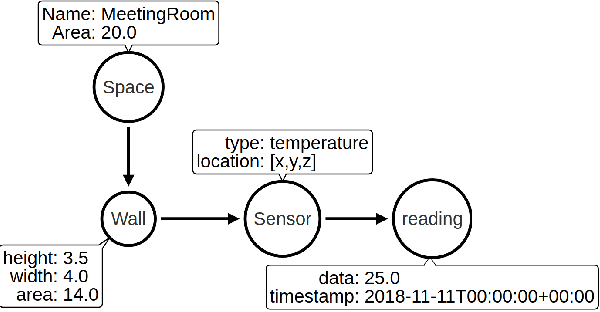Build2Vec: Building Representation in Vector Space
Paper and Code
Jul 01, 2020



In this paper, we represent a methodology of a graph embeddings algorithm that is used to transform labeled property graphs obtained from a Building Information Model (BIM). Industrial Foundation Classes (IFC) is a standard schema for BIM, which is utilized to convert the building data into a graph representation. We used node2Vec with biased random walks to extract semantic similarities between different building components and represent them in a multi-dimensional vector space. A case study implementation is conducted on a net-zero-energy building located at the National University of Singapore (SDE4). This approach shows promising machine learning applications in capturing the semantic relations and similarities of different building objects, more specifically, spatial and spatio-temporal data.
 Add to Chrome
Add to Chrome Add to Firefox
Add to Firefox Add to Edge
Add to Edge